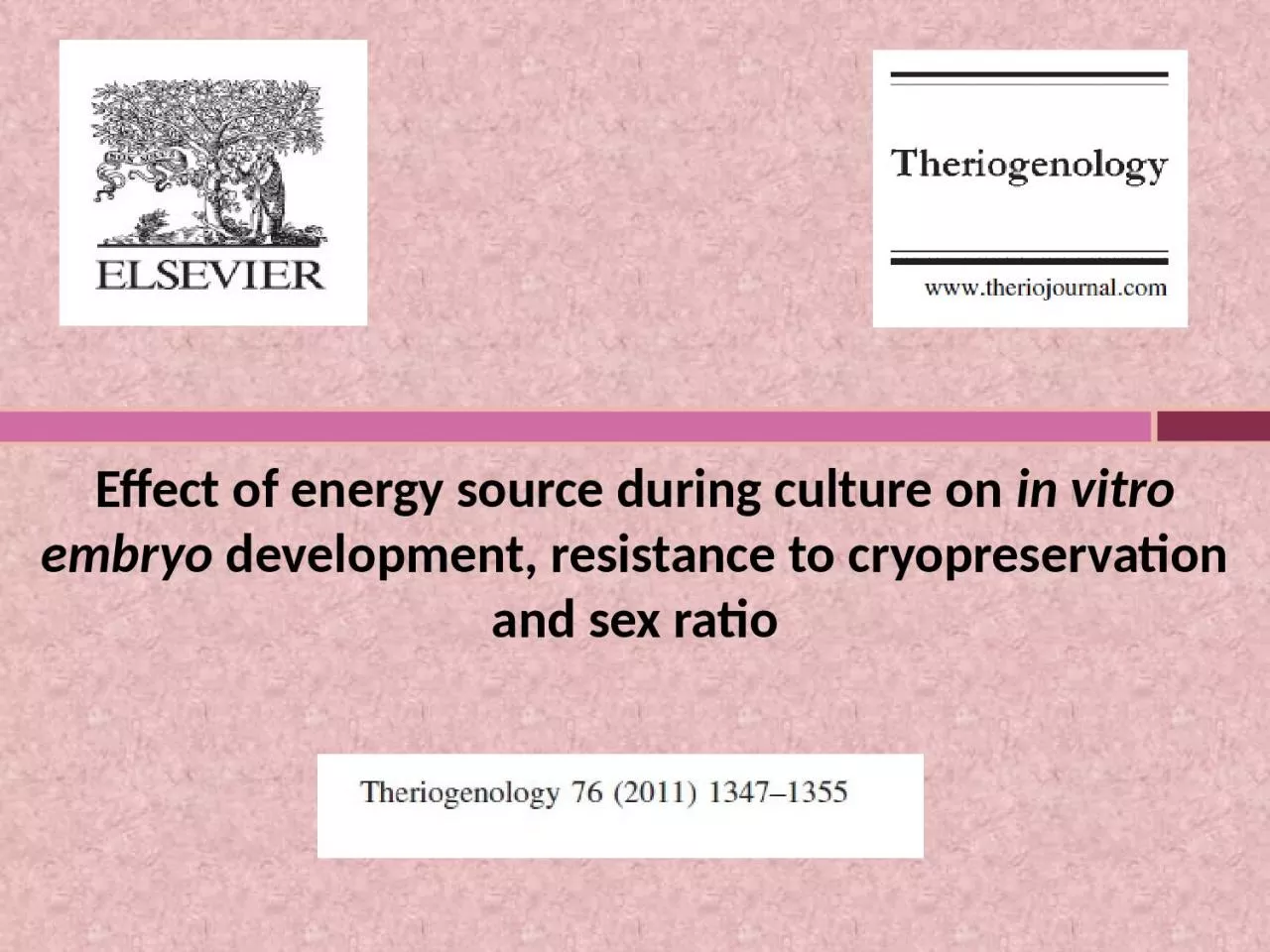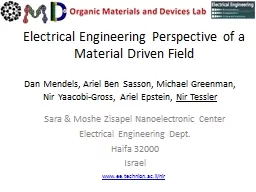PPT-Effect of energy source during culture on
Author : WannabeRockstar | Published Date : 2022-08-02
in vitro embryo development resistance to cryopreservation and sex ratio Introduction Despite many efforts to improve embryo culture systems in different species
Presentation Embed Code
Download Presentation
Download Presentation The PPT/PDF document "Effect of energy source during culture o..." is the property of its rightful owner. Permission is granted to download and print the materials on this website for personal, non-commercial use only, and to display it on your personal computer provided you do not modify the materials and that you retain all copyright notices contained in the materials. By downloading content from our website, you accept the terms of this agreement.
Effect of energy source during culture on: Transcript
Download Rules Of Document
"Effect of energy source during culture on"The content belongs to its owner. You may download and print it for personal use, without modification, and keep all copyright notices. By downloading, you agree to these terms.
Related Documents














